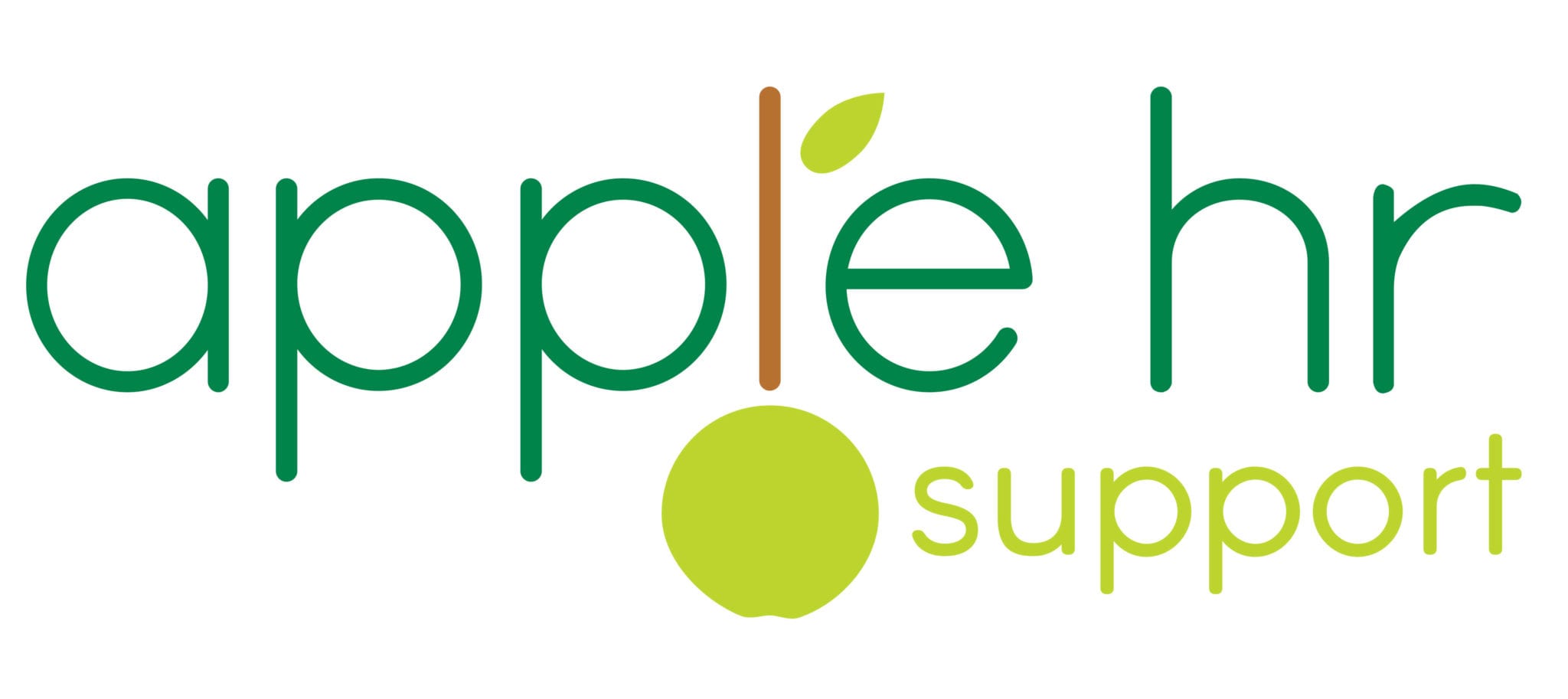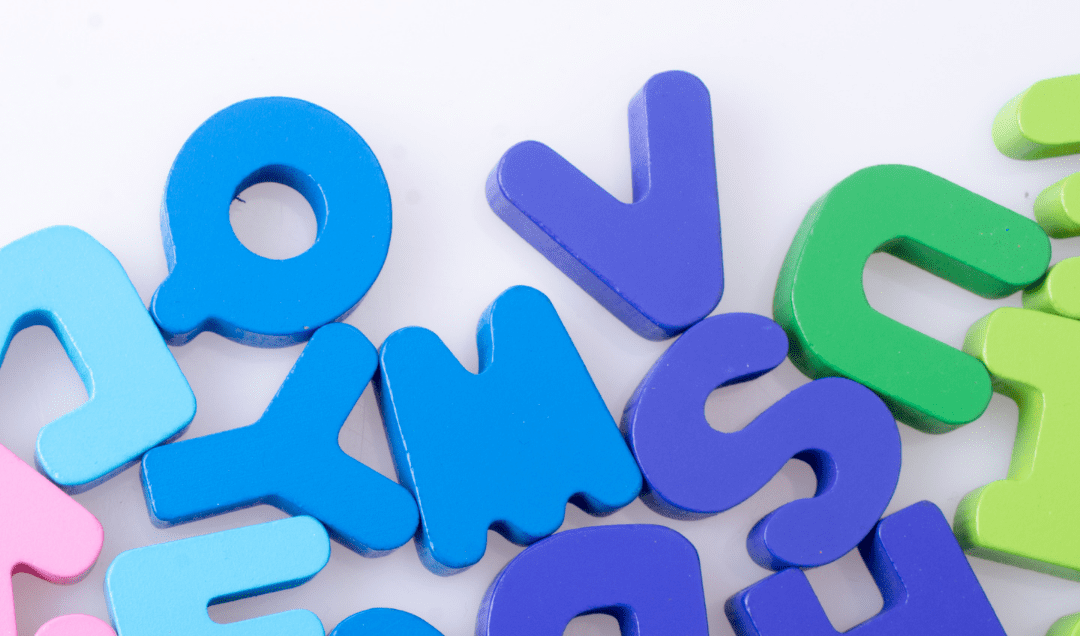What is positive language?
Words, written or spoken, are the main form of communication for most people, while non-verbal signs such as body posture or facial expression are secondary signs that help contextualize the message. Using positive or negative language in our everyday speech and thoughts defines the relationship we have with others, and it also affects the way we think and feel about ourselves.
Positive language is informative, proactive and helpful.
An example would be informing a new starter how to do something correctly rather than telling them they’ve done something wrong. This example is proactive, encouraging, reassuring and kind. Just the kind of language we like to hear.
The benefits of using positive language
Positive words that describe your personality and abilities will help you see yourself in a more empowering, inspiring light.
Negative language is a part of a fixed mindset and the belief that not much can be done to improve your life and broaden your abilities. It’s based on living in a comfort zone and avoiding unpleasant and unknown experiences instead of dealing with them.
Positive language supports the concepts of a positive mindset and a growth mindset and the belief that anything is possible if you work hard enough and if you have a clear idea of what to do. And that’s exactly what positive language gives you: motivation, positive self-perception, and character strength.
How can positive language improve mood and wellbeing?
Because our language impacts our thoughts, and our thoughts impact our emotions, a simple switch from negative or neutral language to positive can do tremendous things for our mood and overall well-being.
Using positive language in your everyday communication can inspire others around you to think positively and work hard to achieve their goals, too. Positive language gives you a leadership role in your environment, and this type of personality becomes an inspiring role model for the people around you.
When you communicate in a positive, uplifting, affirmative language, you not only create a friendly atmosphere and set a bright mood, you also keep people motivated and excited to help.
Positive language in the workplace
Positive language in the workplace can have immense benefits on the relationship quality between colleagues, the company’s mission, team effectiveness, and the connection between employers and employees.
Furthermore, when you go to a job interview, the type of language you use can play a crucial role in whether you’ll be accepted or not because it reflects your intentions, enthusiasm, and eagerness to solve a certain problem. Your skill set can match the job description, but your language can reflect ambiguity, uncertainty, and a lack of initiative. Positive language, on the other hand, communicates determination and self-confidence.
It’s “I’m not sure…”, “Well, I wouldn’t do this and that…”, “I might react…” versus “I know/I will figure out how to solve this problem”, “If you can give me an hour, I will look into this…” that makes a difference. Which ones do you choose?
Examples of positive language
Choosing the right words, both spoken and written, and communicating them in a way that motivates and inspires action can turn any difficult conversation and challenging situation into something good. Positive language isn’t about staying away from negative, difficult topics or sharing unpleasant news with a forced smile–it’s about using language that reassures, inspires, and gives alternatives.
Let me look it up.
I am good/I am doing great.
Things are going really well for me, thank you for asking.
Keep going, you’re doing a great job.
I can/I will do more.
I’ve accomplished some good/great results.
I’m very close to achieving my goal.
Thank you for waiting for me.
Thank you for being patient when I made a mistake.
Thank you for listening to me.
There’s more to do, but I’m proud of my progress.
What can I learn from this? How can I fix this?

